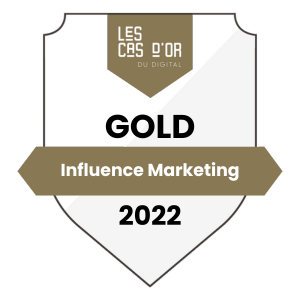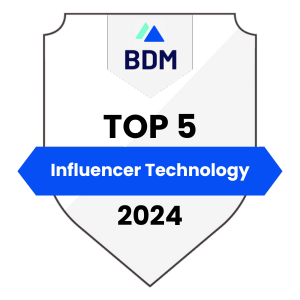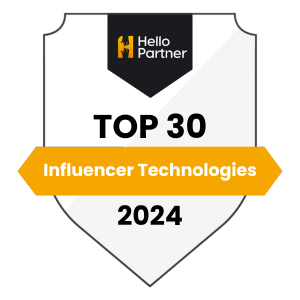Why brand safety matters in influencer marketing
In the fast-paced world of social media, brand safety has become a critical concern for companies investing in influencer marketing. As brands increasingly rely on creator partnerships to reach their audience, protecting their reputation has never been more essential.
Understanding brand safety
Brand safety encompasses all the strategies and measures that companies implement to protect their brand image and reputation when collaborating with influencers. It’s about ensuring that your brand message appears in appropriate contexts and is associated with content that aligns with your company’s values.
The risks of oversight
When brands overlook safety measures, the consequences can be severe. A single controversial post or inappropriate association can lead to significant reputation damage that may take years to repair. In today’s cancel culture, audiences are quick to notice and react to misalignments between brand values and influencer behavior.
Key components of brand safety
For brands venturing into influencer marketing, these essential elements should be part of any safety strategy:
- Comprehensive background checks of potential influencer partners
- Regular monitoring of influencer content and engagement
- Clear guidelines and expectations in partnership agreements
- Crisis management protocols for potential controversies
- Content review processes before publication
- Regular assessment of audience sentiment and feedback
Building protective frameworks
Successful brand safety strategies require robust systems and processes. This means developing clear protocols for influencer selection, content approval, and ongoing monitoring. Many brands are now investing in specialized tools and platforms that help automate these safety checks.
Implementing brand safety measures
Creating an effective brand safety strategy starts with understanding your brand’s unique risk factors and tolerance levels. What might be completely safe for one brand could be problematic for another, depending on their target audience, industry, and brand values.
The role of communication
Clear communication with influencer partners is crucial. Brands need to explicitly outline their safety requirements and expectations from the start of any partnership. This includes discussing content guidelines, prohibited topics, and approval processes.
Monitoring and maintenance
Brand safety isn’t a one-time effort. Continuous monitoring and adjustment of safety measures ensure long-term protection. This includes tracking changes in influencer behavior, audience reactions, and broader social media trends that could impact brand safety.
Crisis prevention and management
While prevention is ideal, brands must also prepare for potential safety breaches. Having a well-defined crisis management plan helps brands respond quickly and effectively to any situations that could compromise their reputation.
The future of brand safety
As social media platforms evolve and new content formats emerge, brand safety measures must adapt. Smart brands are investing in proactive approaches, including AI-powered monitoring tools and enhanced vetting processes, to stay ahead of potential risks while maintaining authentic influencer partnerships.









